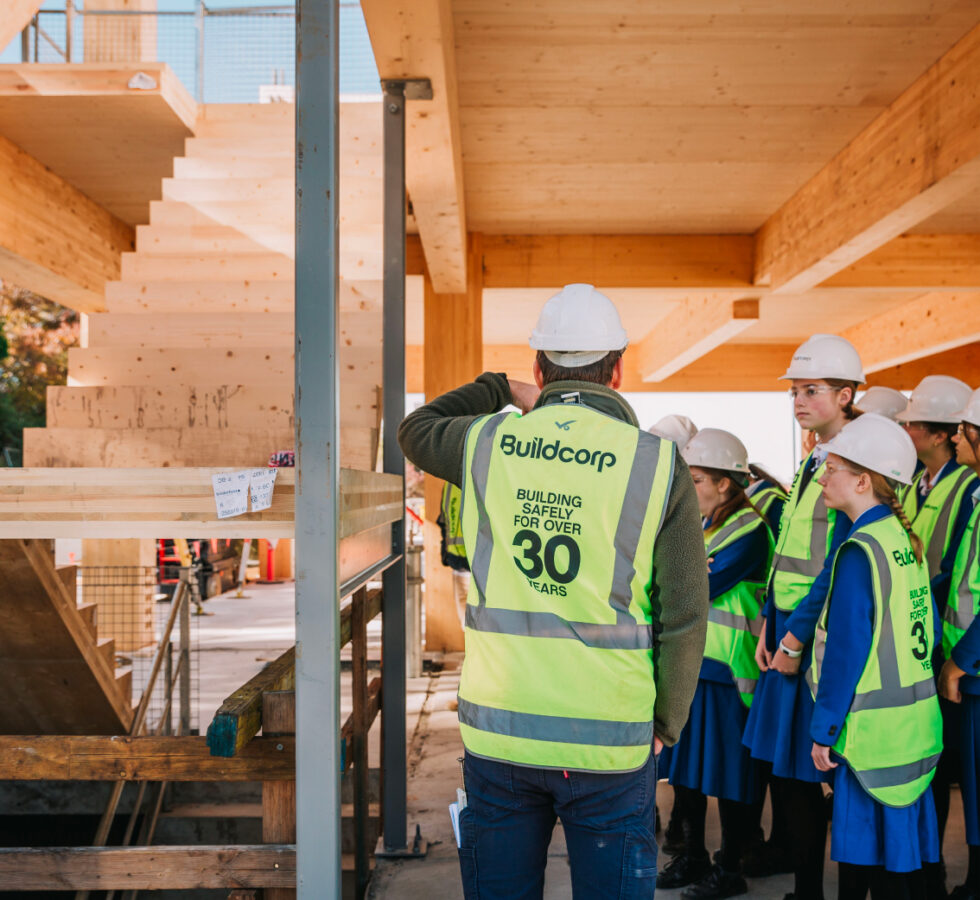44 Martin Place, Sydney
44 Martin Place
Sydney NSW 2000
44 Martin Place
Sydney NSW 2000
With its blend of heritage charm and contemporary amenities, 44 Martin Place is now a flexible, interconnected workplace that meets the demands of its tech-savvy and health-conscious tenant.
Renovations began with a new ground floor lobby before a full height penetration was constructed from ground floor to level 12, making way for new interconnecting stairs that seamlessly link all floors. This includes two newly added levels that are atop with a new glass atrium roof, providing natural lighting and facilitating accessibility throughout the building.
Renovations began with the refurbishment of a new ground floor lobby. The structural slabs across all floors were then demolished adjacent to the lift core to create a new open atrium void. A full suite of prefabricated, interconnecting stairs were craned into the open structure to seamlessly link all existing floors and enhance the building’s accessibility.
A new two-level pavilion, home to the rooftop garden, was constructed on the building’s roof. The extension was installed with a glass skylight at the roof junction, flooding the building with natural light.
Safety and minimal disruption were paramount with retail tenants on ground floor remaining operational throughout the build. Scaffold grillage and a catch desk on level one allowed ground floor works to continue in conjunction to the atrium build. In addition to the original penetration, a second penetration built made way for a man and materials hoist – enabling better access, materials handling, and logistics throughout the project.
Major structural strengthening was performed, and existing services and plant rooms were upgraded using 3D BIM modelling to resolve design clashes up front.
Further scope included heritage sandstone restoration to the tower’s exterior, aluminium window replacements and new curtain wall façades. New destination control lifts, end-of-trip facilities and office floor amenities were also provided.
Buildcorp solved the challenge of refurbishing the former MLC Building into a thriving hub within a busy CBD location. This ambitious project revitalised this historic structure to its former 1930s glory, creating a distinguished workplace complete with stunning rooftop garden.
Send us a message below and one of our team members will be in touch.
